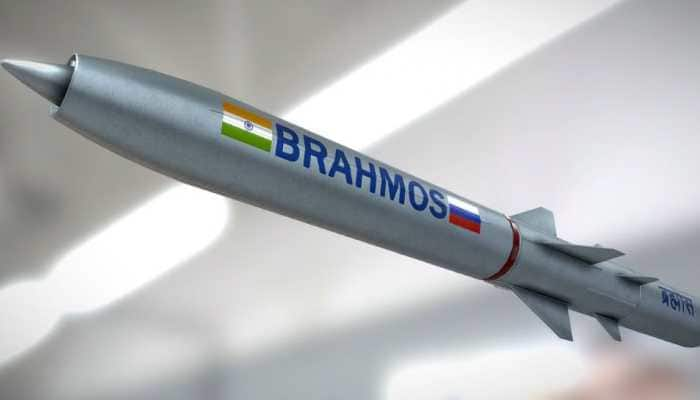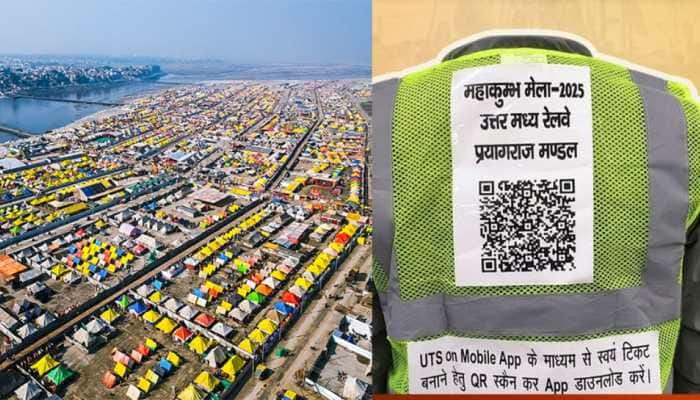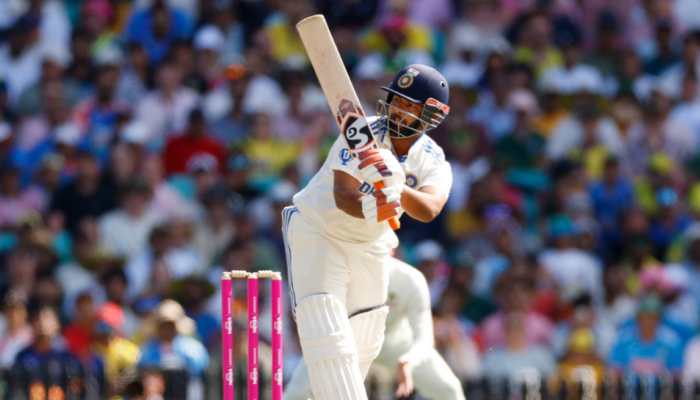Monsoon likely to be normal in second half of season: IMD
IMD director general Mrutyunjay Mohapatra said the month of July ended with a 10-per cent rainfall deficiency, mostly due to low rains in parts of north and central India.
Trending Photos
) File Photo
File Photo New Delhi: July ended with a 10-per cent rainfall deficiency but monsoon is likely to be normal in the second half of the four-month rainfall season, the India Meteorological Department (IMD) said on Friday (July 31).
IMD director general Mrutyunjay Mohapatra said the month of July ended with a 10-per cent rainfall deficiency, mostly due to low rains in parts of north and central India.
The IMD had predicted that July will get rainfall that is 103 per cent of the Long Period Average (LPA), which falls in the "normal" category. June had received 17 per cent more rainfall than normal.
In its Long Range Forecast for rainfall in the second half (August-September) of the 2020 Southwest Monsoon, the IMD said August is likely to receive rainfall that is 97 per cent of the LPA with an error margin of plus/minus nine per cent.
"Quantitatively, the rainfall over the country as a whole during the second half of the season is likely to be 104 per cent of the LPA with an error margin of plus/minus eight per cent," it said.
The LPA rainfall over the country for the 1961-2010 period is 88 centimetres.
Monsoon in the range of 96-104 per cent of the LPA is considered normal. The official rainfall season in the country is from June 1 to September 30.
The onset of monsoon over Kerala was on June 1 and until July 31, the country had received normal rainfall.
The northwest division of the IMD has an 18-per cent deficiency. It comprises Rajasthan, Uttar Pradesh, Himachal Pradesh, Uttarakhand, Punjab, Haryana and the Union territories of Chandigarh, Delhi, Jammu and Kashmir and Ladakh. The deficiency in Jammu and Kashmir and Ladakh is 49 and 61 per cent respectively. Delhi has also recorded a 24-per cent deficiency.
The central India division has a four-per cent deficiency. The division comprises Goa, Maharashtra, Gujarat, Madhya Pradesh, Chhattisgarh, Odisha and the Union territories of Dadra and Nagar Haveli and Daman and Diu. The two Union territories have recorded deficient rainfall.
Mohapatra said deficiencies in north and central India shot up in July as several parts in east Rajasthan, Madhya Pradesh, west Uttar Pradesh, Gujarat, Chhattisgarh, Odisha and Jharkhand got less rainfall.
"But a low-pressure area will bring rainfall over these areas and the deficiency will come down," he said.
The south peninsula meteorological division of the IMD has received 12 per cent more rainfall than normal. The division covers Andhra Pradesh, Tamil Nadu, Telangana, Kerala, Karnataka and the Union territories of Andaman and Nicobar Islands, Lakshadweep and Puducherry. Andhra Pradesh, Tamil Nadu, Telangana and Puducherry have received excess rainfall. Kerala has recorded deficient rainfall.
The east and northeast India division has also recorded 12 per cent more rainfall. The division comprises West Bengal, Bihar, Jharkhand and the northeastern states. Meghalaya and Bihar have witnessed excess rainfall. However, the rainfall has been deficient in Nagaland, Manipur and Mizoram.
Stay informed on all the latest news, real-time breaking news updates, and follow all the important headlines in india news and world News on Zee News.
Live Tv







)
)
)
)
)
)
)
)
)
)
